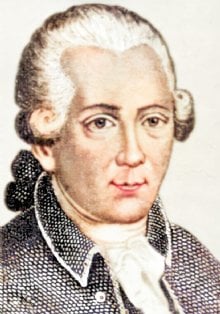Cosmologische Briefe über die Einrichtung des Weltbaues is a collection of letters discussing the structure and organization of the universe. Lambert presents cosmological theories and ideas about the nature of stars, planets, and other celestial objects.
 Johann Heinrich Lambert, a German polymath who left a lasting impact on mathematics, astronomy, and physics with his groundbreaking work.
Johann Heinrich Lambert, a German polymath who left a lasting impact on mathematics, astronomy, and physics with his groundbreaking work.
More about Johann Heinrich Lambert